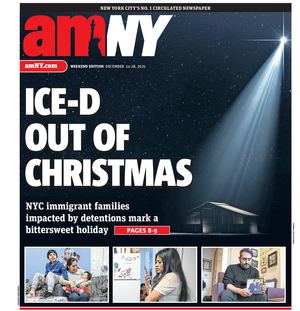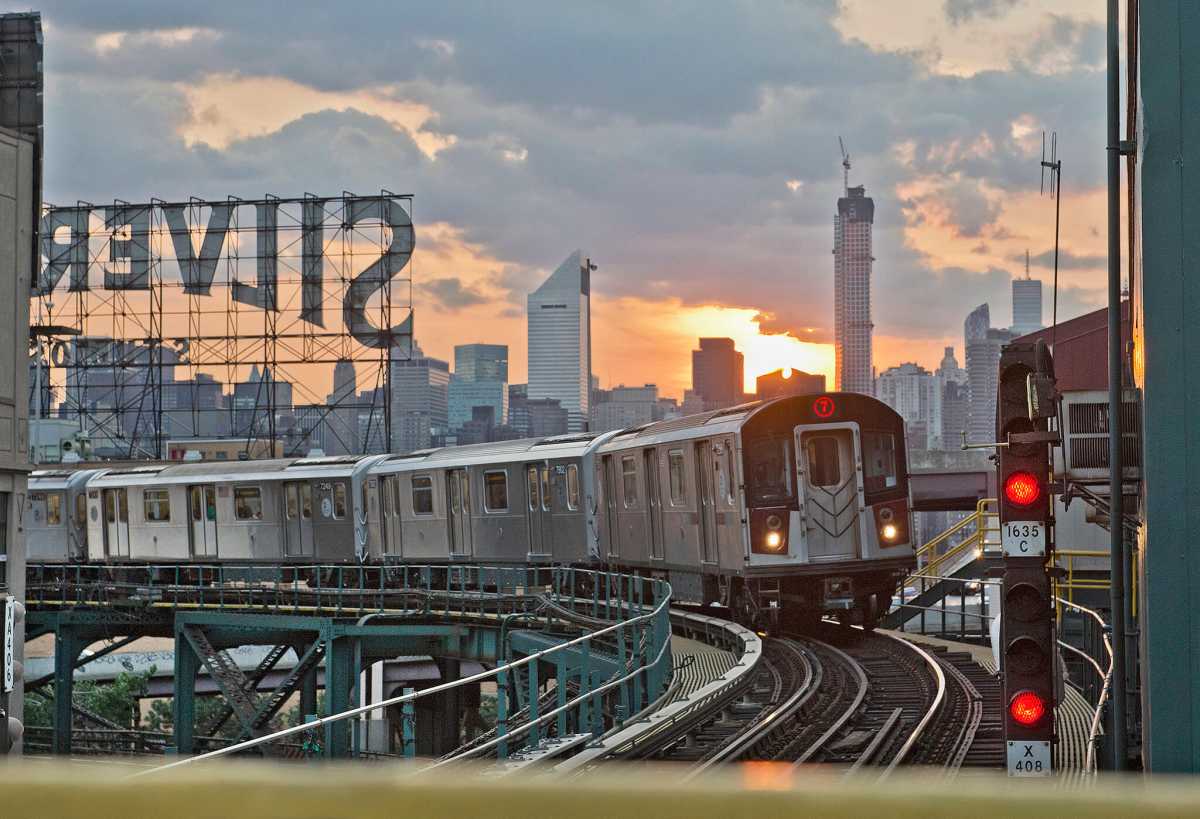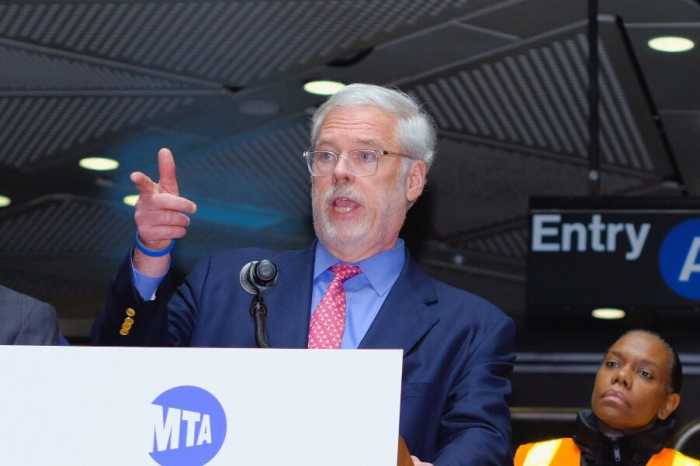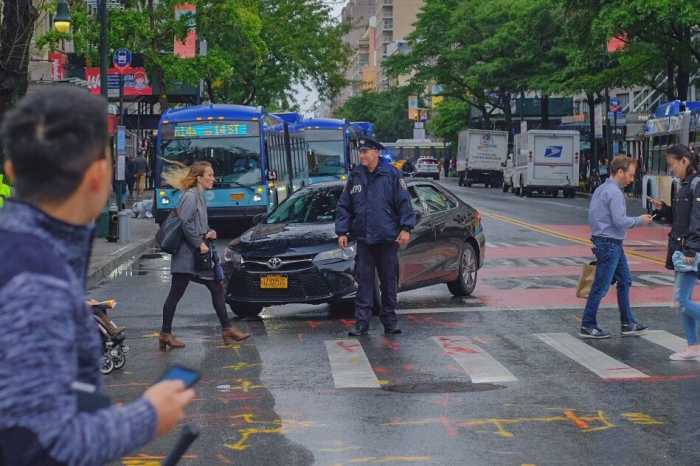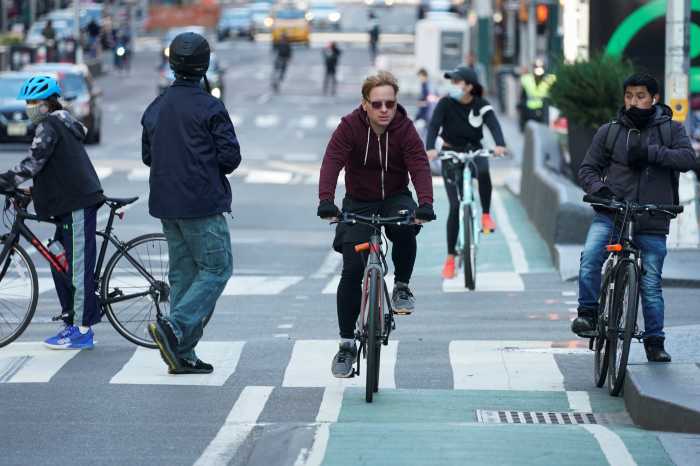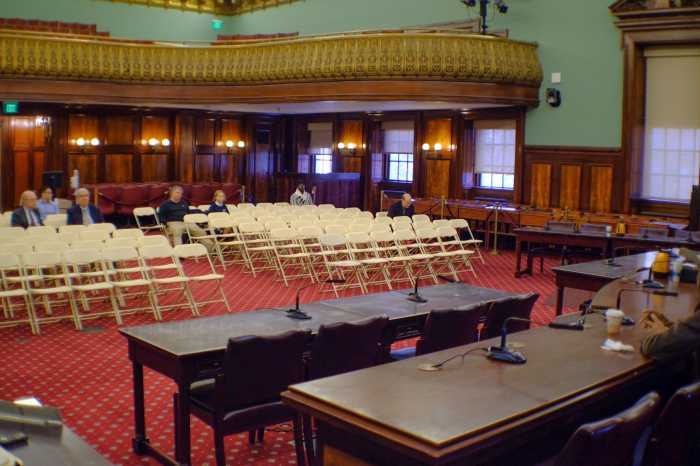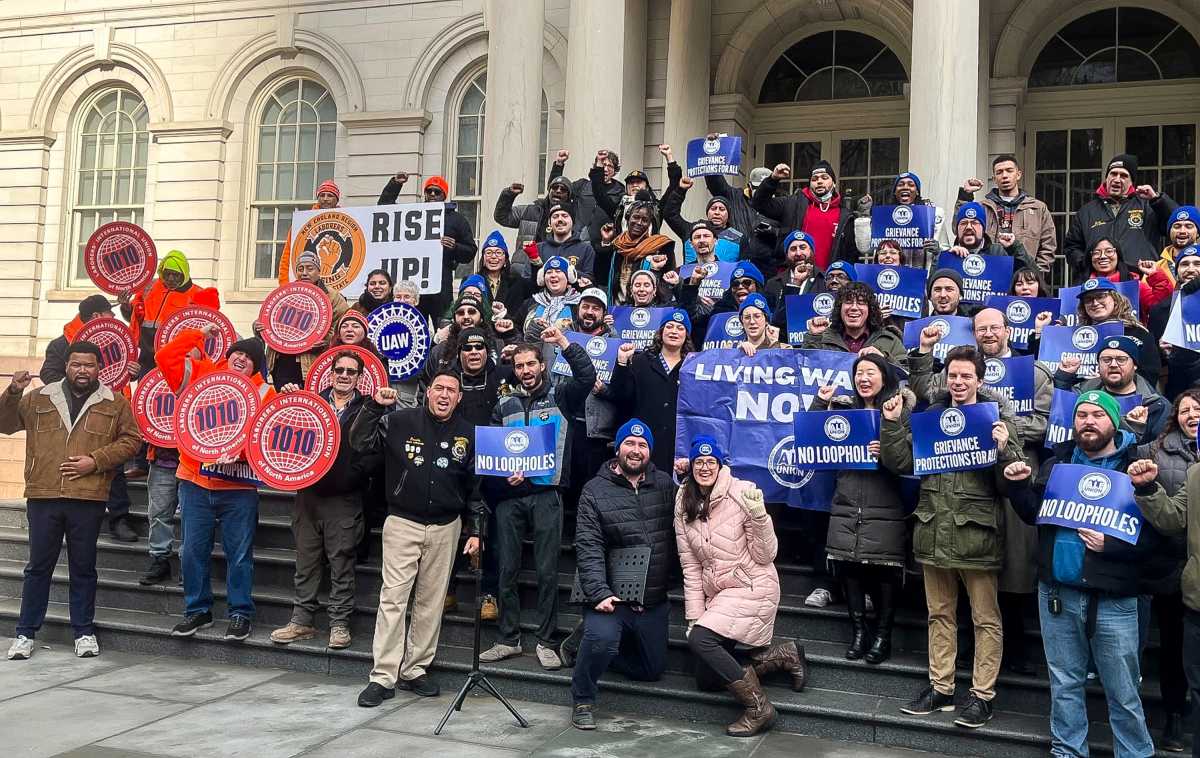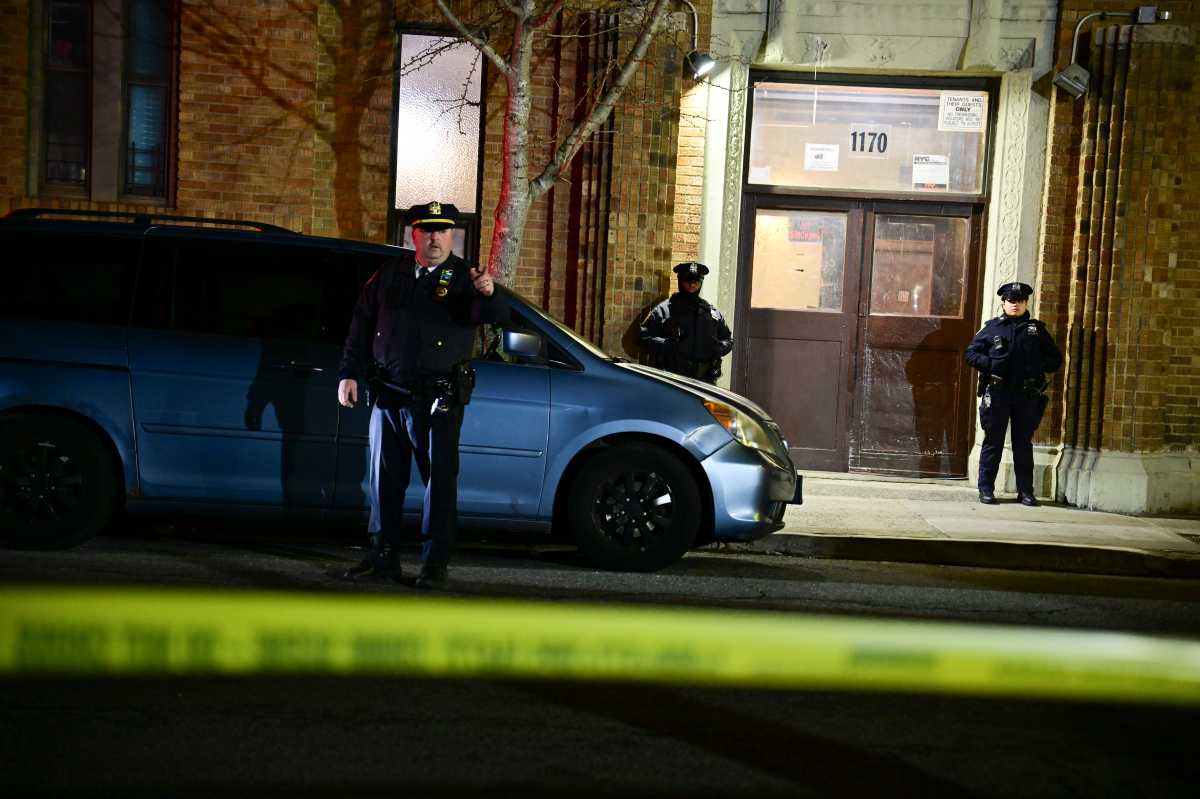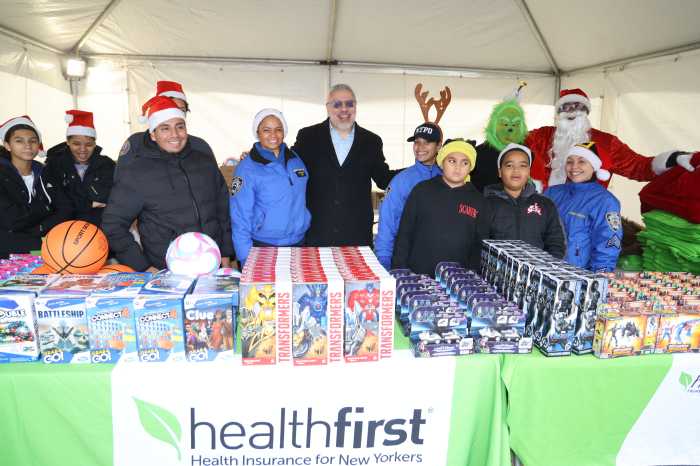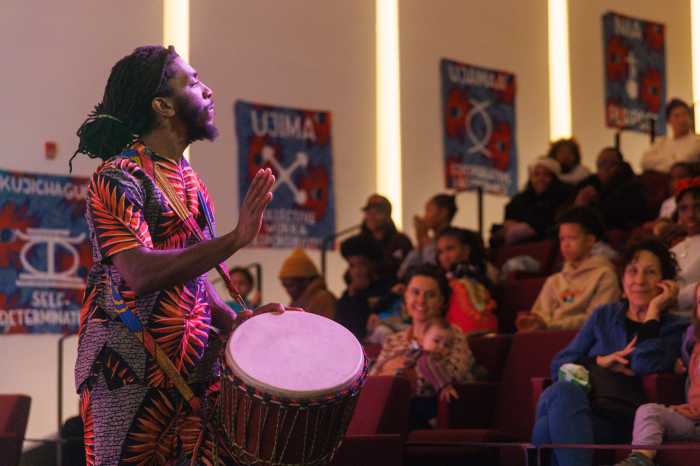Advocates launched a campaign on Thursday calling for the state to deliver big investments in public transit for New York, such that any New Yorker would never have to wait more than 6 minutes for a subway or bus to arrive.
The #6MinuteService Coalition, led by the straphanger advocacy group Riders Alliance and supported by various nonprofits, unions, and elected officials, is calling on Gov. Kathy Hochul to make 2023 a year of big plans for the nation’s largest and most vital transit system.
“Millions of New York riders are counting on Governor Hochul to save and invest in the public transit service we depend on,” said Riders Alliance organizer Mayra Aldás-Deckert. “Advocates and elected officials from across the city, with wide-ranging priorities, are joining together to resolve the MTA fiscal cliff and win six-minute-or-better service on subways and buses all day, every day. Public transit is the foundation of New York; if it doesn’t thrive, neither will we.”
The coalition says that the goal of consistent 6 minute service, currently a pipe dream for subway and bus straphangers, can be achieved with an investment of around $250-300 million.
Proponents say that if the MTA ran faster and more consistent service, it would be able to lure back more riders and stave off financial calamity. MTA brass have spent the past months warning of an impending “fiscal cliff” once $16 billion in federal COVID relief dries up, with a massive deficit projected should ridership not recover more quickly to pre-pandemic levels, and pleading with state and federal lawmakers for new dedicated funding streams.
Hurdling over the fiscal cliff means the MTA would likely have to raise fares, cut service, or lay off workers.
The authority has blamed the rise of working from home for subway and bus ridership stagnating at about 60-65% of pre-pandemic levels, but some elected officials say their constituents refrain from returning to subways and buses simply to avoid waiting 20 minutes for their ride.
“There’s no reason why riders must wait up to 20 minutes or longer for the next train or bus,” said southern Brooklyn State Sen. Andrew Gounardes. “Consistent six minute service will bring riders back to our system, decrease the congestion and pollution on our roadways, and help New Yorkers get where they need to be.”
The governor, fresh off a narrow election victory for her first full term in office, has put her political capital behind big marquee transit projects like redesigning Penn Station and the Interborough Express for outer-borough straphangers, and has also committed significant state resources to public safety and security within the subway system.
But she has not deviated from her predecessors in the state’s historically-miniscule operating subsidies for the network: just 3% of the MTA’s 2022 adopted budget is derived from state and local subsidies, according to a fiscal breakdown on the authority’s website. That’s less than the 3.2% seen in the 2020 budget, adopted just a month before the onset of the COVID-19 pandemic under disgraced former Gov. Andrew Cuomo, whom Hochul replaced. The plurality of the MTA’s budget comes from dedicated taxes.
The MTA has relied substantially on federal relief money for the past two years to fund its operations, given the substantial decrease in ridership on a system heavily dependent on farebox revenue. Federal relief dollars comprised 24% of the adopted 2021 budget and 10% of the 2022 plan, but COVID relief money is expected to fully dry up by 2026.
Reached for comment, a spokesperson for the governor did not commit to greater state subsidization but did note that Hochul last year committed not to raise fares or cut service in 2022, thanks to the federal bipartisan infrastructure bill.
“Governor Hochul took action last year to avoid a fare hike or service reductions, and she is committed to providing safe, quality, and reliable transit service to riders,” said Hochul spokesperson John Lindsay. “We will continue working with federal partners and state legislators on how to best support public transit.”
